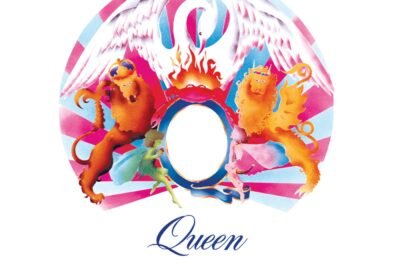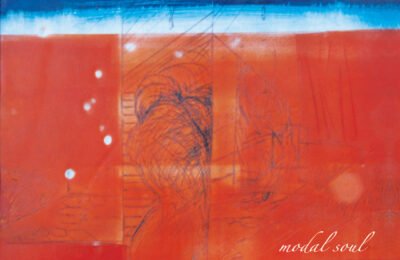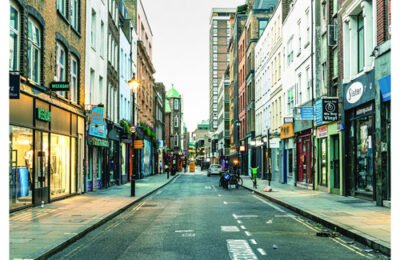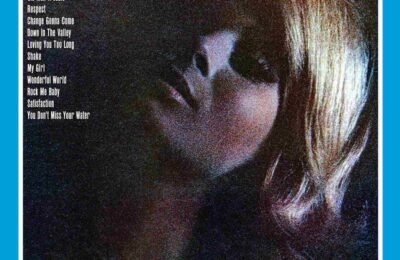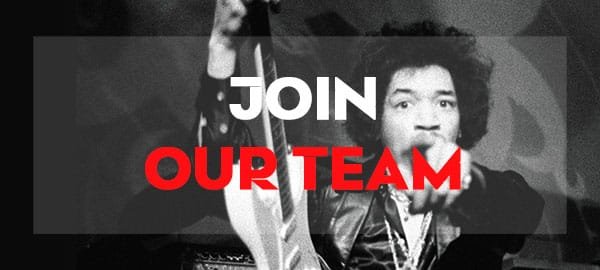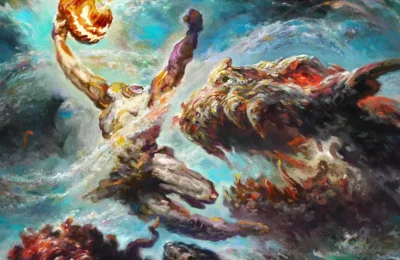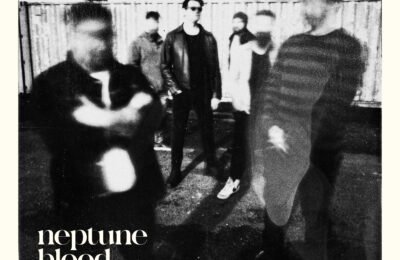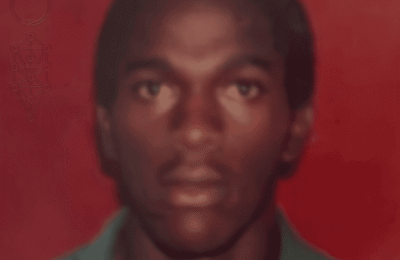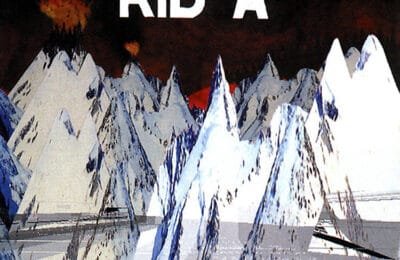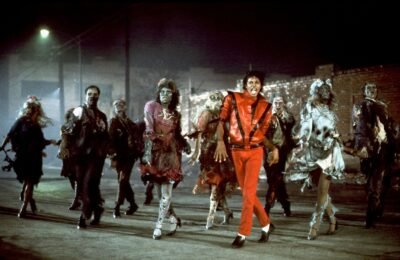Coming up with a debut album is tricky for any artists. Finding the original idea that will work, discovering one’s own sound, the proper balance between members of a band. « Slow and steady wins the race » as they say. Some debut albums, however, are just pure gold straight from the press. Moon Safari is one of those. Released in 1998, Air’s first album hasn’t aged a day.
The French Touch
Nicolas Godin and Jean-Benoit Dunckel met in high school in Versailles in the late ’80s. At the time, a new trend in electronic music was emerging. Using samples from funk and disco, it came to be seen as the French take on house music. In the early ’90s, DJ artists like Laurent Garnier and David Guetta were already getting dancefloors moving like crazy.
In Versailles, Godin and Dunckel teamed up with friends to form a band called Orange. The band never recorded anything, but they definitely left a trace. All members went on to make names for themselves: Alex Gopher (as a solo artist and sound engineer for many renowned acts), Xavier Jamaux (with Ollano and Bang Bang), and of course, Godin and Dunckel as Air.
After highschool, Nicolas Godin went on living his life as an architecture student1
while Jean-Benoit Dunckel went to study mathematics and teach physics. The French House movement kept evolving and would soon be known as the French Touch with Daft Punk starting to make waves, joined by Bob Sinclair, or Phoenix…
In 1995, Godin and Dunckel reunited to make music again. Together they would record a few singles: Casanova 70 or the mesmerising J’ai Dormi Sous l’Eau among others. Because their sound was so aerial and atmospheric, they chose the name AIR2. In 1997, their first EP, Premier Symptômes, would compile their first singles.
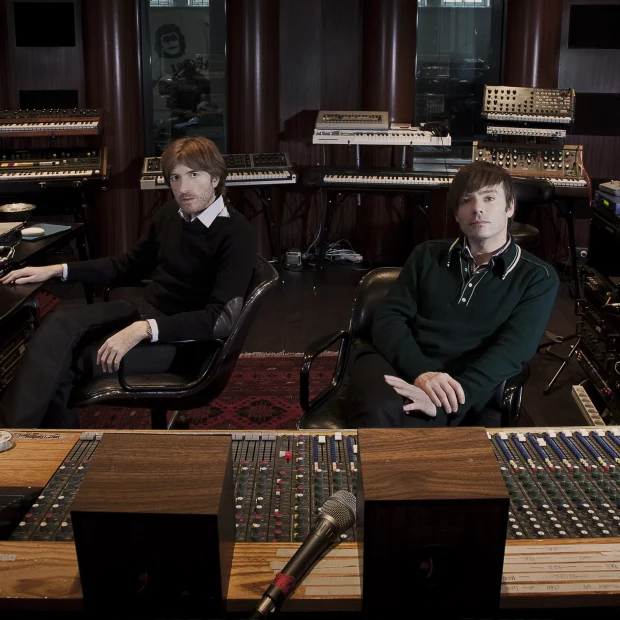
Recording Moon Safari and finding their own sound
Even as they were releasing those singles, the duo was already working on Moon Safari. At first, it was homemade, recorded in Nicolas Godin’s apartment in Montmartre. Then they moved to an abandoned studio in Saint-Nom-de-la-Bretèche for several months, before finishing the album in professional studios in Paris and London.
Their music became recognizable for its use of classic Moog and Korg MS-20 synthesizers, paired with groovy, melodic bass lines. They experimented a lot—plugging keyboards through guitar pedals to get unique flanged and distorted tones. Inspired by Kraftwerk, they used vocoders—but with a warmer, more ethereal approach. Through trial and error, Air built their signature sound: aerial, warm, and groovy.

La Femme d’Argent: A seductive opener
The album opens with La Femme D’Argent, an instrumental wonder. It took the duo time to shape this masterpiece. The track is built around an amazing bass line recorded by Nicolas Godin in one take, with layers of Fender Rhodes, samples of a few reversed Brahms chords, jazzy Moog solos…
According to Godin, La Femme d’Argent could only ever be the opening or closing track of the album—but it was too good for the end. He had to fight to make it the opener. Many involved in the production wanted Sexy Boy to open the record for its commercial appeal—but La Femme d’Argent won. Rightfully so.
Sexy Boy and Kelly Watch the Stars: Oddballs That Made It Big
Sexy Boy was indeed set to be a commercially success. It was chosen as the first single for Moon Safari, followed closely by Kelly Watch the Stars. Both are oddities in the context of the album. While most of Moon Safari is relaxed and chilled, these tracks are upbeat and poppier.
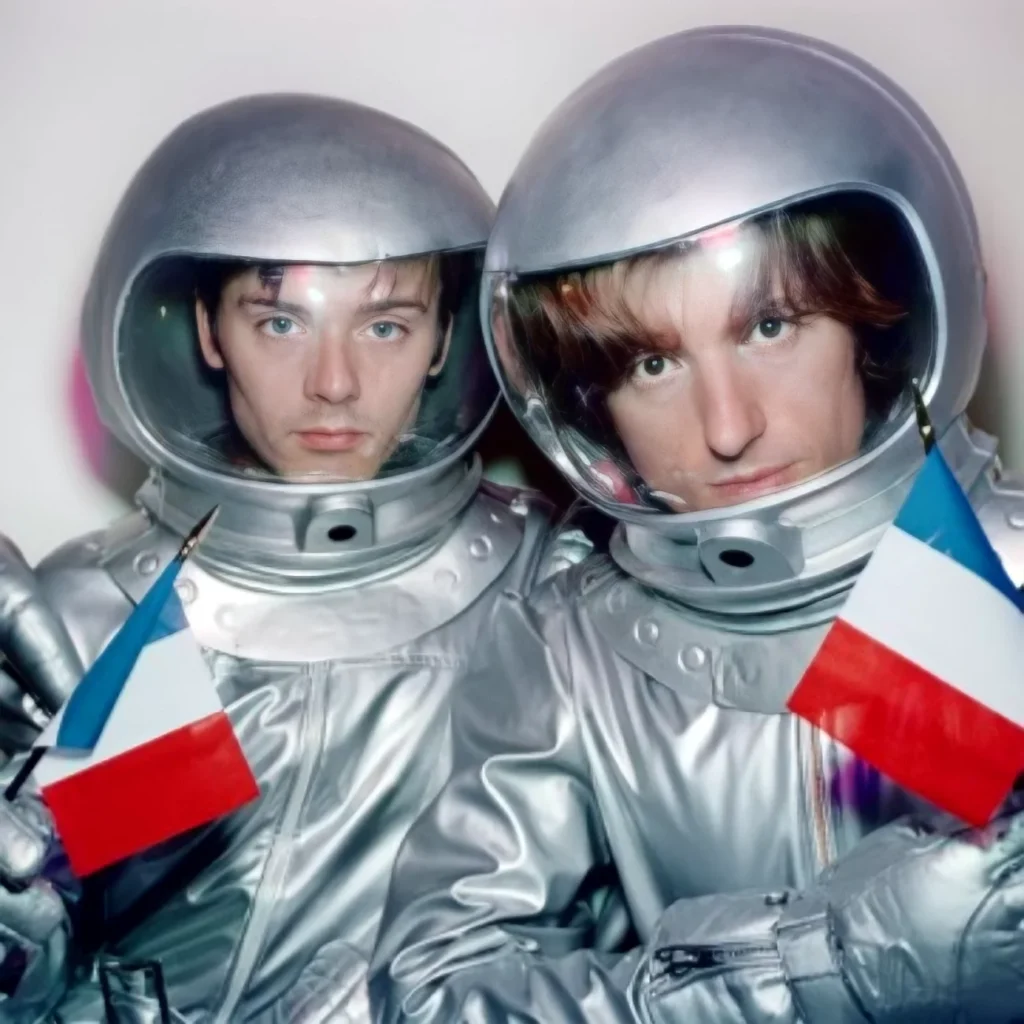
It is important to keep in mind the historical context. The French House microcosm was bubbling in Paris. The Funk Mob had released impressive singles and would soon become Cassius. Zdar (half of the Funk Mob duo) was also working with Étienne de Crécy as Motorbass on their album Pansoul. Daft Punk was about to release Homework. And Air’s old friends from Orange were also putting out their own music.
Everyone knew each other—exchanging techniques, inspiring one another. But Air didn’t want to make House music. They didn’t feel spontaneous enough to do it right… Still, they tried—Sexy Boy and Kelly Watch the Stars are the result of those attempts.3.
While recording in the Saint-Nom studio, they found an old vocoder and decided to experiment—not just on vocals but on instrumentals too. The robotic, futuristic basslines and energetic beats of these tracks contrast with Dunckel’s soft, ethereal vocals. They stood out and got massive radio play, giving the band visibility and helping make Moon Safari a success.
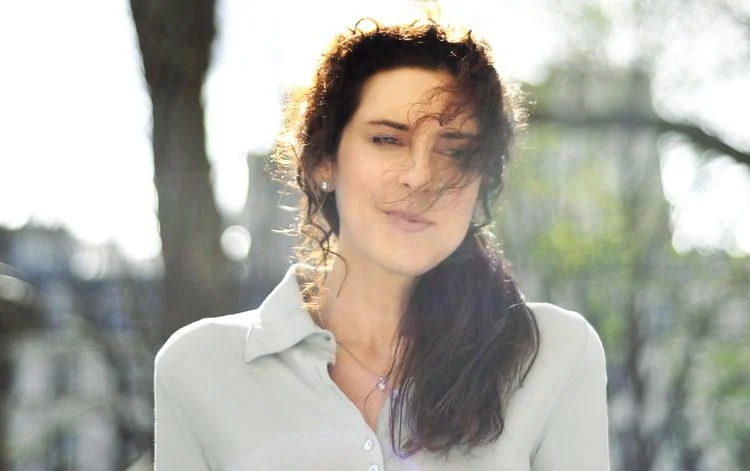
The wonderful collaboration with Beth Hirsch
Another standout track is definitely All I Need. Warm, jazzy, chilled—and that voice, soft and whispery, blending in perfectly. The voice belongs to Beth Hirsch, an American singer who happened to live just a few streets away from Godin’s Montmartre apartment. They met through a friend, exchanged demos, and began working together.
At the time, Godin and Dunckel were developing a track based on the intro of one of their early songs, Les Professionnels. They loved the guitar riff and wanted to build something new around it. It was still instrumental—until they brought Beth in. She wrote the lyrics and melody, and the rest fell into place, as they were feeding inspiration off one another.
The collaboration was so fruitful, the french duo invited the american singer to work on another song. They showed her another piece they were working on, and she quickly wrote some new lyrics, and process kept on flowing from there. You Make It Easy, is a wonderful gem: chill, a soft and groovy bass line, gliding layers of keyboards reminding of the sound of sea coming and going in the intro, and again… the soft and warm voice of Beth Hirsch…
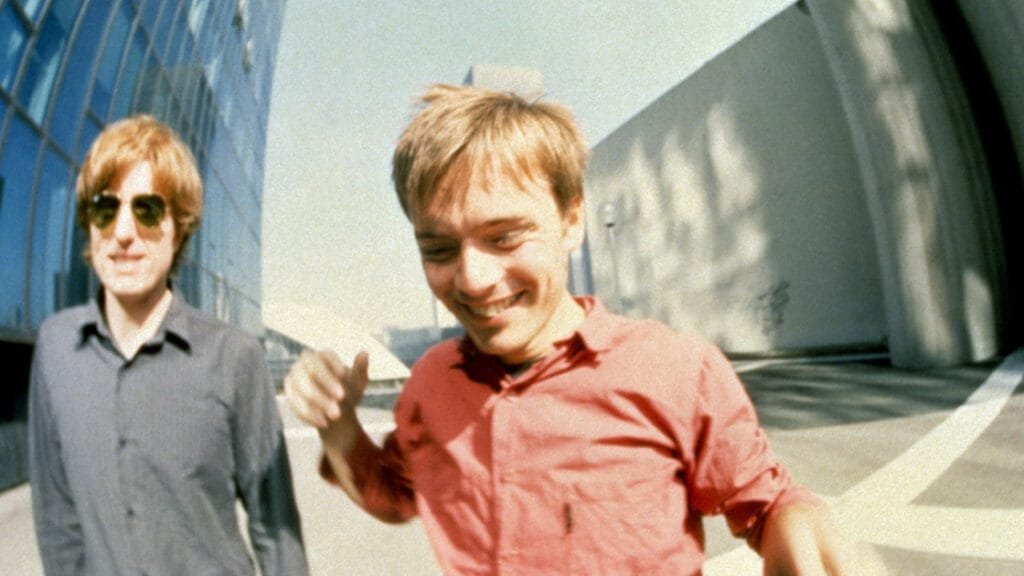
A cinematic tapestry
Air also draws their inspiration in soundtrack for movies. Some artists like Francois de Roubaix, or Ennio Morricone are major influences. Their instrumental pieces definitely reflect that. A track like Talisman for example, has a cinematographic vibe to it. The song develops in such a way that it seem like we have different themes for multiple protagonists, upon a beautiful strings background. These layers talk to each other, intertwine, spiral together as the song progress.
Le Voyage de Pénélope is another instrumental track like that. The album closes on this introspective journey imagined for Ulysses wife waiting for him in her chambers in Ithaca, weaving her tapestry. The synths are mesmerizing, building up toward the ultimate climax of the album.
An instant success
When they finished recording and mixing Moon Safari, Nicolas Godin and Jean-Benoit Dunckel went to London to play it to Mo’Wax —the label that had released their first single, Modular Mix, in 1995. James Lavelle, the label founder, and his team listen to it and are very much impressed. However, as he walked the french duo back to the taxi, Lavelle’s right-hand man warned them: “Moon Safari is a great album. But Mo’Wax is about to go bankrupt. If you release it with us, it won’t be a success. Just wanted to let you know..”
Air waited. Eventually, a representative from Virgin Records noticed them. She believed in the band’s impressive potential, and convinced the label to sign them. Shortly after, Air was signing with Source, a label affiliated. The band then gets in touch with Mike Mills, a New-Yorker designer to create the now-iconic visual for the album.
Moon Safari went on to sell over 2 million copies worldwide. Most of their success came from the UK (where they hit #6 on the charts) and the US. In France, they peaked at #21, selling around 100,000 copies.
Air had made it. They took their time to do their album how they wanted it. In 1997, the pair was already in their late 20s. Dunckel had left his job as a Physics teacher to focus entirely on their music, with a baby to look after. It was their chance to nail it or leave it. And they nailed it.
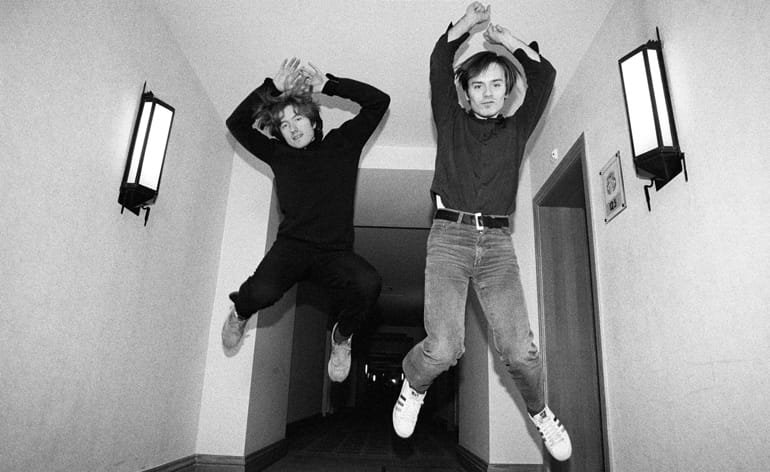
The Legacy of Moon Safari
In the late nineties, the world of electronica was new and constantly changing. To symbolise the confusion at the time, in 1999, Moon Safari was awarded with the french version of the Grammys for the “Best Techno/Dance album of the year”. Techno? Dance? It showed how hard it was to classify Air’s music at the time. Some people thought they were DJ, using samples to create their music… But everything on Moon Safari is played live, with very few samples.
Today, Moon Safari is considered a cornerstone of electronic music. It’s not just one of the best debut albums ever—some would say it’s one of the best albums, period.
- There is something about architecture and music. Many artists started on the benches of an architecture schools: Roger Waters, Nick Mason and Rick Wright of Pink Floyd; Ralf Hutter of Kraftwerk; Art Garfunkel; Weird-Al Jankovic; even Ice Cube !. ↩︎
- Despite an urban legend claiming AIR is an acronym for Amour Imagination Rêve (Love Imagination Dream — the acronym in english would be definitely less sexy) ↩︎
- https://www.metamusique.fr/moon-safari-20-ans-par-jean-benoit-dunckel ↩︎









